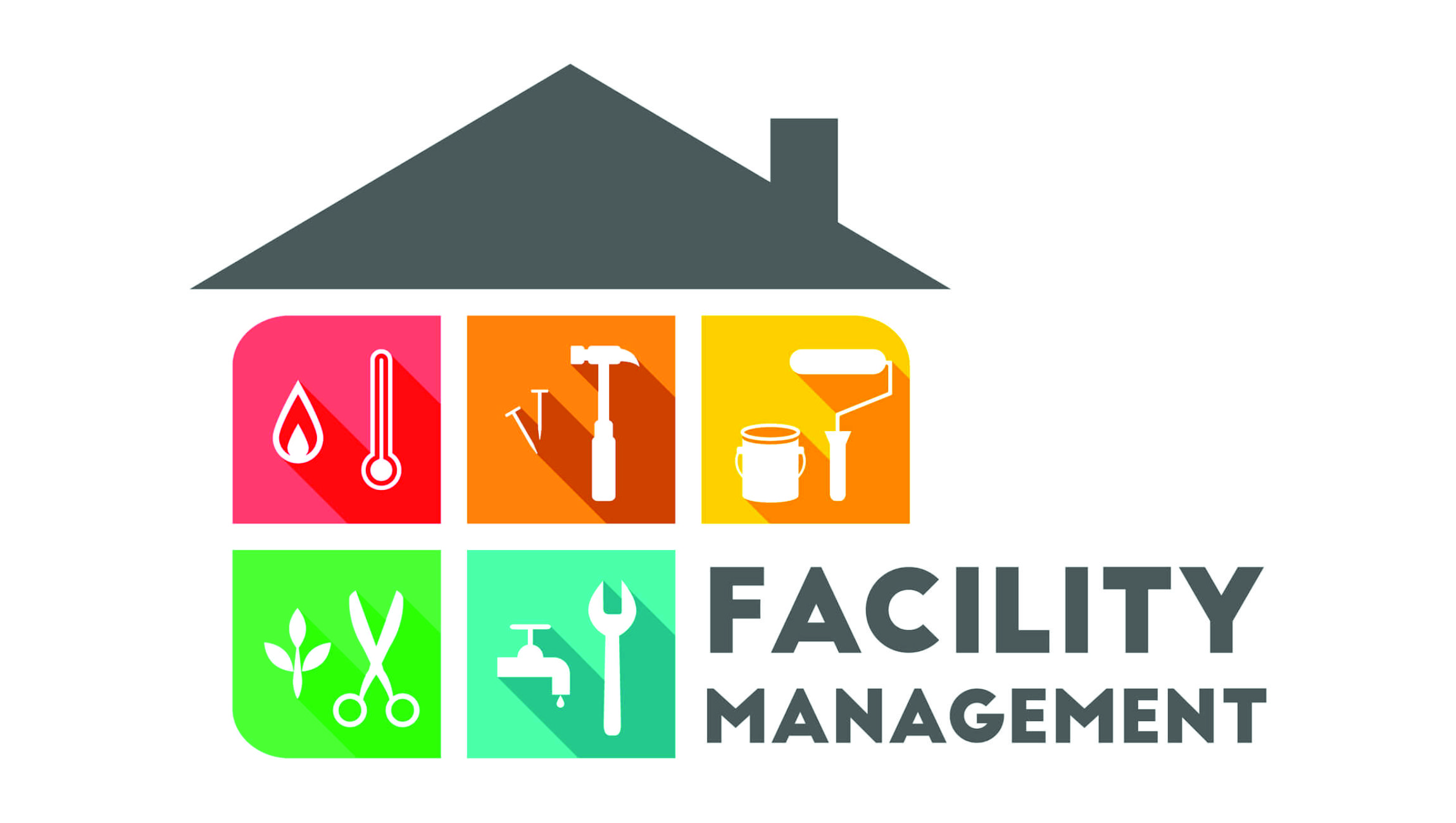Maximize Performance and Security: Best Practices in Facility Management
In today's swiftly progressing landscape, optimizing effectiveness and security in center administration has come to be a crucial emphasis for organizations making every effort to enhance operational efficiency. By incorporating wise modern technology, focusing on maintenance methods, and promoting a society of safety, center managers can considerably boost both productivity and conformity.
Embrace Smart Modern Technology
In today's rapidly progressing landscape of facility monitoring, the integration of smart technology has become a crucial aspect of functional effectiveness and sustainability. Embracing advanced modern technologies such as the Net of Things (IoT), expert system (AI), and information analytics can substantially boost center administration methods. These technologies assist in real-time tracking and control of building systems, allowing supervisors to maximize energy use, reduce functional prices, and boost general safety.
Executing clever sensors and automation systems enables specific tracking of environmental problems, occupancy levels, and equipment performance. This data-driven method not only notifies decision-making however additionally sustains anticipating upkeep, minimizing downtime and expanding asset life. Moreover, smart modern technology boosts individual experience by producing adaptive environments that reply to the needs of occupants.
Integrating wise platforms likewise advertises sustainability campaigns, such as energy-efficient lights and HVAC systems, adding to reduced carbon impacts. By embracing these developments, center supervisors can ensure that their procedures stay affordable, resistant, and straightened with contemporary sustainability goals. Eventually, the shift in the direction of smart modern technology represents a transformative step in redefining center management for a much more sustainable and effective future.
Prioritize Regular Maintenance

Developing a routine upkeep routine is important. This should include regular evaluations, servicing, and required fixings for all equipment, heating and cooling systems, plumbing, and electrical systems. Utilizing an electronic maintenance management system (CMMS) can simplify this procedure, supplying monitoring and signals for upcoming maintenance tasks.
Furthermore, cultivating a society of responsibility among staff improves the efficiency of maintenance initiatives. Educating workers to report and acknowledge maintenance issues can result in aggressive monitoring as opposed to responsive actions. Additionally, recording maintenance tasks makes certain conformity with safety and security policies and supplies valuable understandings for future preparation.
Implement Safety And Security Training Programs
An extensive security training program is vital for fostering a protected workplace in any type of center - Facility Management. Such programs furnish workers with the expertise and skills necessary to determine hazards, implement security protocols, and respond properly in emergencies. By focusing on security training, organizations can dramatically reduce the danger of injuries and mishaps, thus enhancing total performance
To carry out a reliable security training program, it is essential to customize the content to look these up the specific needs of the center and its operations. This consists of conducting a thorough danger analysis to recognize prospective dangers special to the office. Training should incorporate a variety of subjects such as correct devices usage, emergency situation evacuation treatments, and emergency treatment techniques.
In addition, it is important to engage workers actively during training sessions. Using real-life circumstances and hands-on demos can improve understanding and retention of safety practices. Normal refresher courses need to also be arranged to keep security recognition at the leading edge.
Optimize Area Usage
Reliable room utilization is an essential part of center management that look at here directly affects functional performance and cost-effectiveness. Organizations frequently struggle with underutilized or chock-full areas, causing inefficiencies and increased expenses. To optimize room utilization, center managers need to carry out normal assessments to determine exactly how areas are currently being made use of and where enhancements can be made.
Executing flexible workspace designs, such as open office designs or modular furniture, can dramatically improve versatility to altering demands. Additionally, leveraging technology, such as area administration software program, can give beneficial insights into occupancy patterns and aid recognize underused locations.
An additional ideal technique is to establish clear zoning within the center, ensuring that various features are practically set up to reduce interruption and optimize productivity. Motivating a culture of collaboration can lead to much better space-sharing techniques among groups, consequently boosting general effectiveness.
Establish Clear Interaction Networks
Optimizing space application typically exposes the need for durable communication strategies within a center. Clear communication channels are important for facilitating effective cooperation amongst team, maintenance groups, and monitoring. By developing these networks, facility supervisors can ensure that info moves effortlessly concerning area usage, operational modifications, and safety methods.
Carrying out a multi-faceted interaction method-- incorporating digital systems, such as e-mails and team cooperation tools, with face-to-face communications-- can substantially boost interaction and details dissemination. Regular conferences need to be scheduled to review continuous projects, address issues, and share updates. Furthermore, creating a central info center, such as an intranet, permits employees to accessibility important files and announcements easily.
In addition, feedback mechanisms are important to evaluate the effectiveness of interaction strategies. Motivating team to share their understandings can result in improvements and foster a culture of visibility. top article Training programs concentrated on interaction abilities can further empower staff members to communicate details clearly and successfully.
Ultimately, establishing clear communication networks not only optimizes effectiveness however additionally boosts security by making certain that every person is educated and straightened with the facility's functional objectives. (Facility Management)

Conclusion
To conclude, the integration of wise technology, routine maintenance, thorough security training, enhanced space use, and reliable communication channels collectively boosts performance and safety and security in facility monitoring. By leveraging IoT and AI for real-time surveillance, organizations can decrease operational costs while making sure conformity with security guidelines. A positive technique to maintenance and training promotes a safer workplace atmosphere, eventually resulting in boosted productivity and organizational success. These ideal practices work as crucial components for reliable center management.
In today's quickly advancing landscape, taking full advantage of effectiveness and security in center management has become a vital focus for companies making every effort to boost operational performance. By incorporating clever innovation, focusing on upkeep methods, and promoting a society of safety and security, center managers can dramatically improve both performance and compliance.To execute a reliable safety training program, it is important to tailor the web content to the certain needs of the center and its procedures. By establishing these networks, center supervisors can guarantee that info moves flawlessly regarding space use, functional changes, and security protocols.
